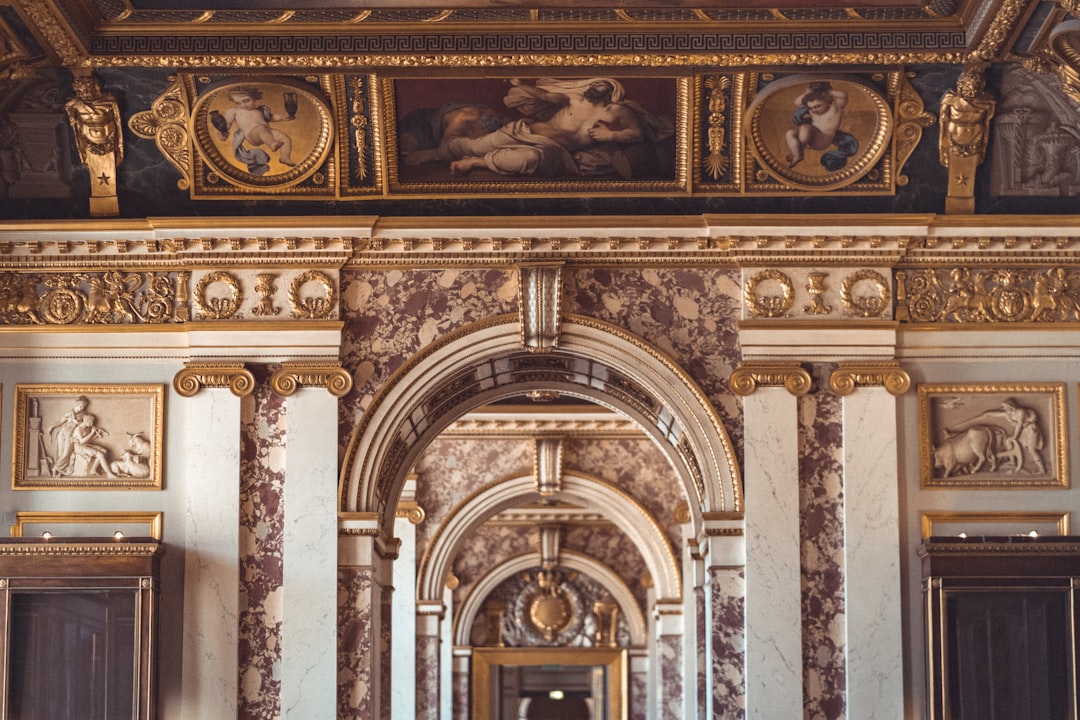Street art is an integral part of urban culture, with major cities around the world serving as playgrounds for artists to express themselves and make bold statements. From murals to graffiti tags, street art has a long and rich history that dates back to ancient times. In this blog post, we will explore the history of street art in major cities and how it has evolved over the years.
One of the earliest forms of street art dates back to ancient Greece and Rome, where political and social messages were painted on walls and buildings. These messages served as a form of public communication and were used to educate and inform the population. Fast forward to the modern era, and street art has become a way for artists to reclaim public spaces and challenge traditional forms of art.
In the 1960s and 70s, graffiti emerged as a popular form of street art in major cities like New York City and Philadelphia. Artists would sneak out in the dead of night, armed with cans of spray paint, to leave their mark on the urban landscape. Graffiti quickly became synonymous with urban culture and was seen as a form of rebellion against the establishment. However, graffiti also faced criticism for its perceived vandalism and destruction of property.
Despite the controversy surrounding graffiti, artists continued to push the boundaries of street art in major cities around the world. In the 1980s, artists like Keith Haring and Jean-Michel Basquiat emerged as key figures in the street art scene, using their work to address social and political issues. Their art was bold, colorful, and unapologetic, challenging viewers to think about the world around them in new ways.
As street art gained popularity, major cities began to embrace it as a legitimate form of art. Organizations and festivals dedicated to street art began to pop up, providing artists with platforms to showcase their work and engage with the community. Today, major cities like London, Berlin, and São Paulo are known for their vibrant street art scenes, with murals and graffiti tags adorning buildings and alleyways.
One of the most iconic examples of street art in a major city is the Berlin Wall. When the wall came down in 1989, artists from around the world descended on the city to leave their mark on this historic symbol of division. What was once a stark, grey barrier became a canvas for artists to express their hopes for unity and peace. Today, the East Side Gallery stands as a testament to the power of street art to transform a space and bring people together.
In recent years, street art has taken on new forms and mediums, expanding beyond walls and buildings. Artists are now using technology and social media to create interactive street art installations that engage with viewers in a whole new way. From augmented reality murals to digital projections, street art is evolving and pushing the boundaries of what is possible in urban spaces.
While street art has come a long way since its humble beginnings in ancient times, it still faces challenges and controversy in major cities around the world. Graffiti is still seen as vandalism by many, and artists continue to grapple with issues of censorship and gentrification. Despite these challenges, street art remains a powerful force for social change and self-expression.
As major cities continue to evolve and grow, street art will undoubtedly play a role in shaping the urban landscape. Artists will continue to find new ways to engage with the public and challenge traditional notions of art and beauty. Street art is not just about painting walls – it is a form of activism, a means of communication, and a way to reclaim public spaces for the people.
In conclusion, the history of street art in major cities is a story of rebellion, resilience, and creativity. From ancient Greece to modern-day Berlin, artists have used the urban landscape as a canvas to express themselves and challenge the status quo. Street art has evolved over the years, but its core message remains the same – art is for everyone, and it belongs in the streets.

